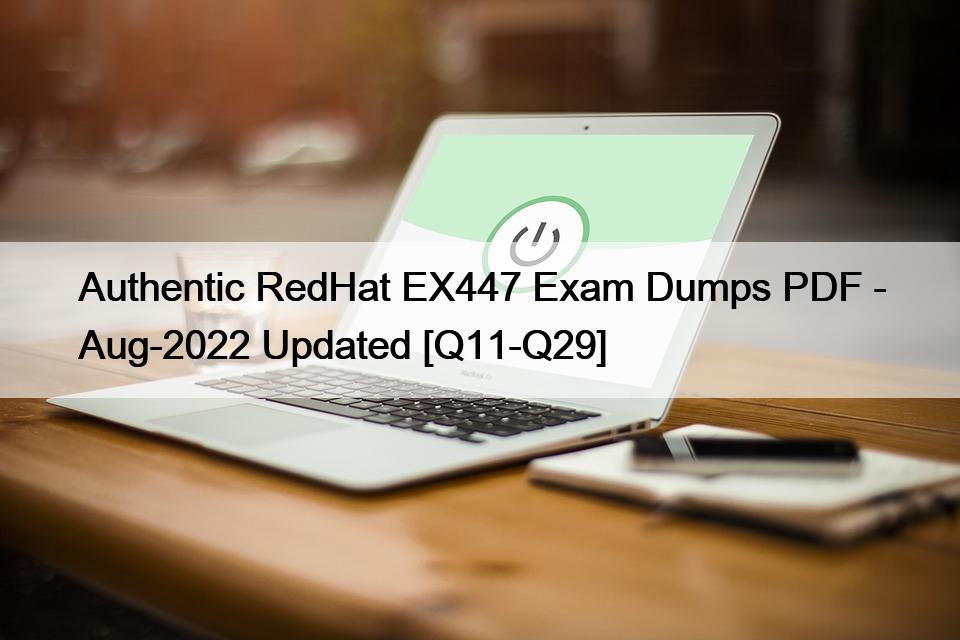100% Pass Top-selling EX294 Exams – New 2022 RedHat Pratice Exam [Q18-Q40]
100% Pass Top-selling EX294 Exams – New 2022 RedHat Pratice Exam
RHCE Dumps EX294 Exam for Full Questions – Exam Study Guide
Who can take this RedHat EX294 Certification Exam?
Red Hat Certified Engineers are IT professionals who have proven their ability to install, configure, and administer Red Hat Enterprise Linux. They possess the technical expertise and experience needed to implement and maintain Red Hat Enterprise Linux solutions. These professionals can be found in a variety of roles including systems administrators, database administrators, and network administrators. Red Hat Certified Engineers may be employed by the organization that offers the exam. An individual has who have enough qualification but own a probable mind about his success in the EX294 Exam can utilize mock and EX294 exam dumps for taking the exam confidently.
Where I can take the RedHat EX294 Certification Exam?
Red Hat has partnered with Pearson VUE, a provider of pre-employment testing and career assessment services. It’s your choice, you can take the EX294 exam in the exam center of VUE or online. For taking the EX294 Exam online, you just need an active internet connection and a desktop. EX294 exam dumps can help you find the best way to take the exam. You can choose your exam date from the list of available dates listed on the official website of Pearson VUE. Its centers are located all over the world.
Authentic Best resources for EX294 Online Practice Exam: https://www.passtestking.com/RedHat/EX294-practice-exam-dumps.html

